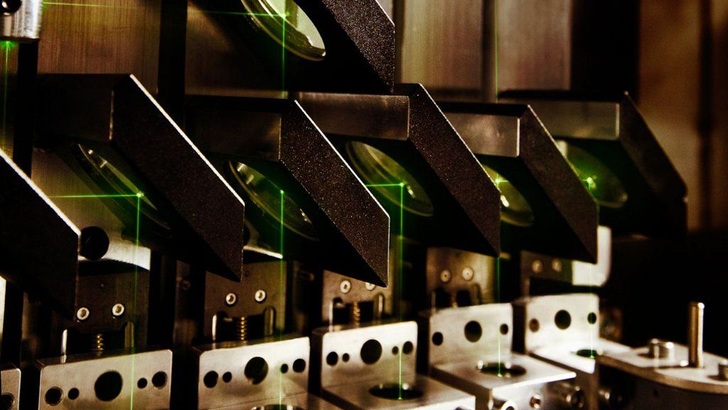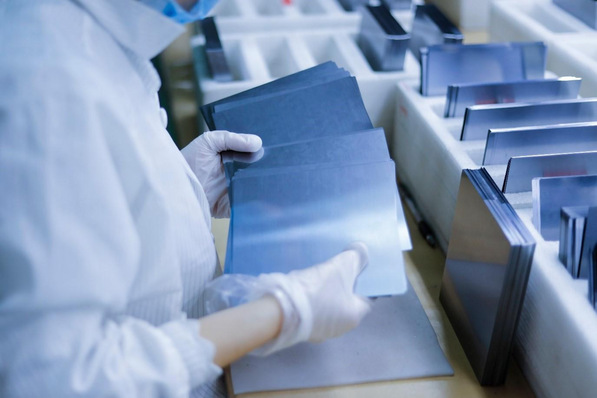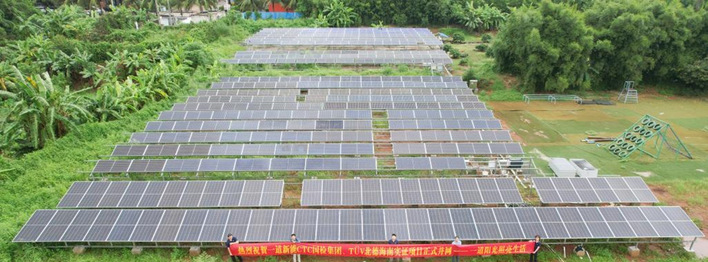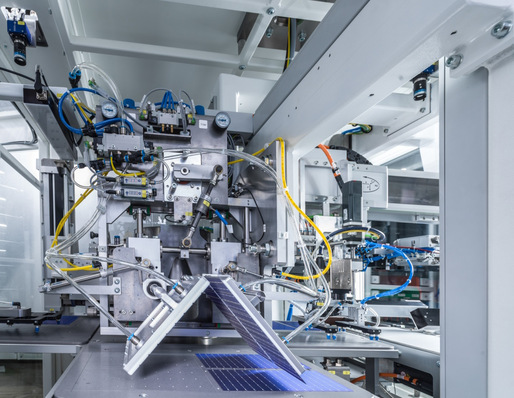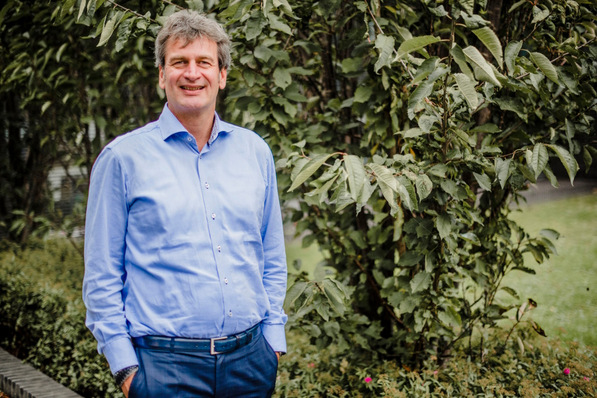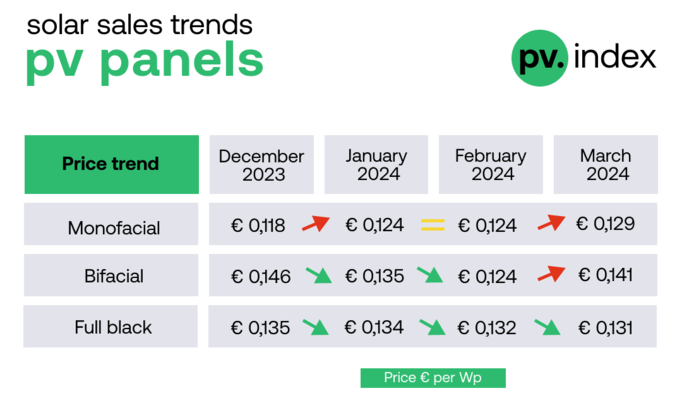A team of researchers and developers from Germany, the Netherlands, Poland and France has found a way to produce organic solar films completely in a roll-to-roll process. So far, the semiconductor layers have been applied to the carrier substrate with this inexpensive production method. Thereafter, the films were patterned within a complex laser process to create the conductor tracks for the charge carriers. In the next step, the complete films were packed in barrier layers to ensure the durability of the organic solar cells.
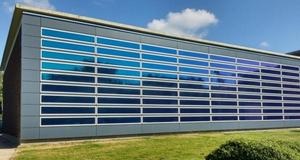
Prevent damage from the barrier
Now, as part of the so-called Alabo project, the research team has come up with a solution to the problem of structuring within the role-to-role process. The biggest challenge of laser structuring has been to selectively ablate the selected layers of the stack of organic semiconductors in the nanometer range so that the underlying and wafer-thin barrier layer is not damaged. Because that would immediately have a negative impact on the durability of organic solar film.
Door opener for direct encapsulation
The researchers have mastered this challenge with the developed industrial laser process. "We were able to prove that the existing layer structure can be processed with industrial-grade laser systems," says Merve Anderson, Project Manager at Heliatek, summing up the results. The Dresden manufacturer was involved in the project. "By changing certain process parameters, we were able to achieve damage-free structuring on the barrier," explains Anderson. "The findings from the Alabao project are a door opener for roll-to-roll direct encapsulation," she predicts.
Less material consumption
The transfer of direct encapsulation has several advantages. On the one hand, this can significantly increase the life of the solar cells. At the same time, manufacturers can reduce the volume of functional films, thereby further reducing the cost of producing organic solar films, which has a positive effect on the final price of the product. (HCN/SU)
Stay informed, get our free newsletter twice a week. Register here.
More useful information:

